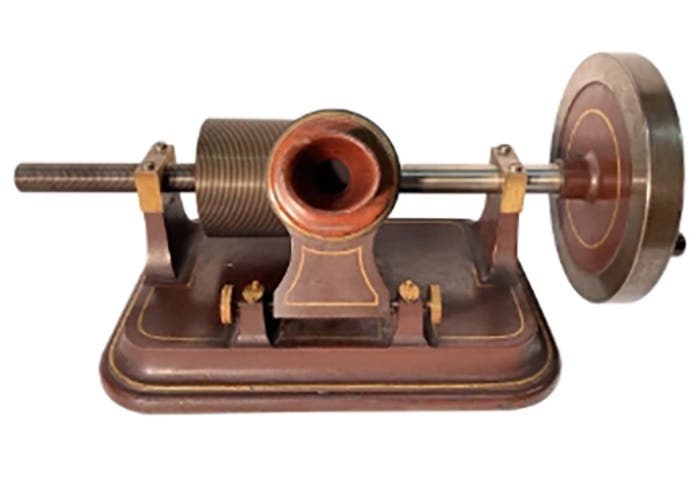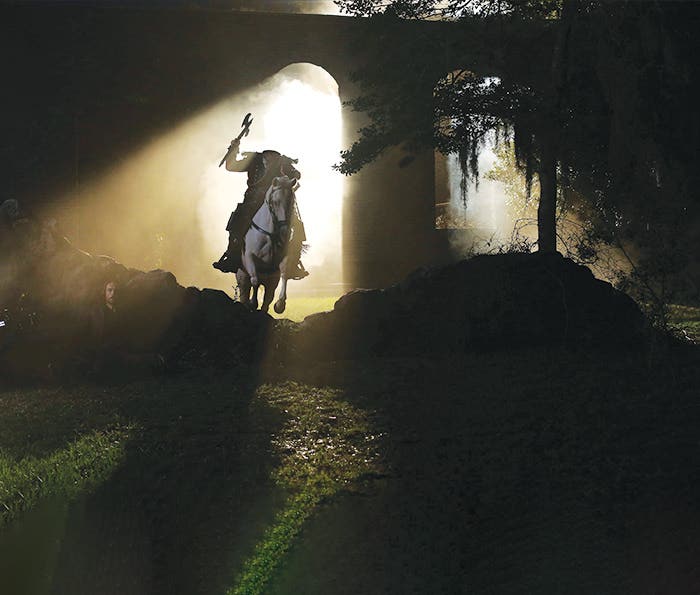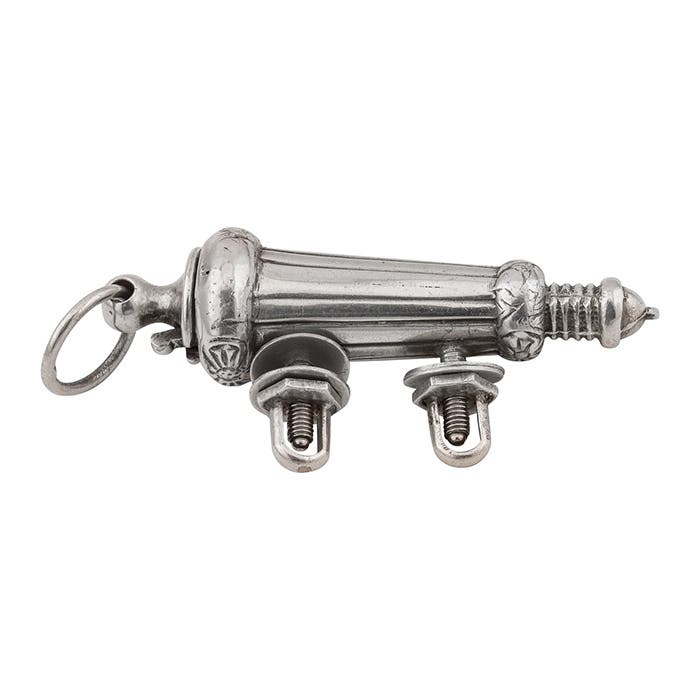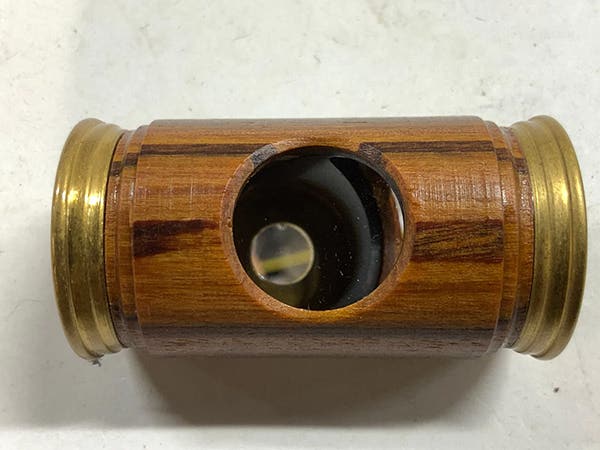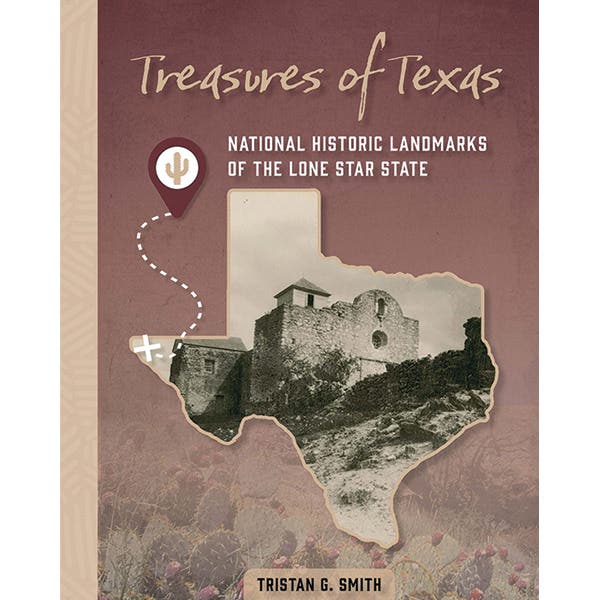Gilded Age Enigma
How Amalia Küssner Crafted a Fascinating Career in Miniatures
As photography became a more common form of image capturing at the turn of the century during the Gilded Age, a trend for artistic portraits emerged among the country’s wealthiest, who often decorated the walls of their stately homes with these grand pieces. The most privileged members of this exclusive group had a particular penchant for miniature portraits, which were often placed in small oval frames and sometimes transformed into necklace pendants or brooches. No matter where they were, at home, at a party, or abroad, the owners of these small artworks had available likenesses of their loved ones or themselves during a time when such a thing was not common.
Among the select group of artists whose talented hands could finely capture their clientele in such a small space was the American painter Amalia Küssner (1862–1932). She was a favorite of both American and European Gilded Age society for her paintings, which captured the grandeur and beauty of her subjects within a miniature setting. She made her subjects appear attractive, whether it was through wrapping them in fabric, revealing slips of shoulders and heaving bosoms, or lightly adjusting their appearance in a similar manner to the effects of Photoshop today.
She was also an active participant in this glittering scene, often making friends with her subjects, and always complimenting her petite frame in fashionable dresses and emphasizing her natural beauty by sculpting her curly brown hair into an updo. Although she isn’t as well-known today as she was during the turn-of-the-century, Küssner has received her own portrait of sorts with the book The Miniature Painter Revealed: Amalia Küssner Gilded Age Pursuit of Fame and Fortune (Lyons Press) by Kathleen Langone, a writer, researcher, and distant cousin of the artist.
Through a diverse array of research materials, Langone intertwines Küssner’s artwork to the artist’s fascinating life. While discussing her early life, the author delves into Küssner’s evolution from traditional paintings, which began with captivating pieces like her c. 1885 work titled Moon Lady, to the medium of miniature portraits that ultimately defined her career. Readers also learn about the artist’s Midwestern roots; she was born and raised in central Indiana to a well-to-do German immigrant family that loved music and art. After completing a boarding school education, Küssner headed to New York for a career in painting, which began with a year-long stint as a staff artist at Tiffany & Co.
Alongside her talent, what brought this Midwestern young woman the ultimate success she achieved in the art world was a knack for forming deep-pocketed connections, over-charging for commissions, and some fantastical talking about her early life and age. Some of her most impressive work includes commissions for European royalty, including Queen Maud of Norway, Czar Nicholas II and Czarina Alexandra of Russia, and the Prince of Wales, and for the American equivalent of aristocracy, the famous “Four Hundred” of New York, including members of the Whitneys, Vanderbilts, and Astor families. Through her commissions, Küssner traveled the world and may have even been a love interest of Nikola Tesla.
However, this biography is not just for art lovers; it is also a great read for those fascinated by Gilded Age gossip and drama. Despite her famous friendships, exotic trips, and successful career, Küssner’s life wasn’t all glamour. Within her class, Küssner was an outlier as a working woman, married to a man with a questionable past. She also faced lawsuits throughout her career, including a mysterious charge for a large sum of $125,000, which is millions today, that was brought on by a woman with a fake name and court records that were never publicly unsealed.
After she died in Switzerland in 1932, one of the most prominent examples of Küssner’s legacy today is seen in the book The Book of Beauty-era King Edward VII.: a Collection of Beautiful Portraits, with Literary, Artistic and Musical Contributions by Men and Women of the Day, which was edited by Mrs. F. Harcourt Williamson. In this culmination of the most eye-catching zeitgeist of the Edwardian era, the text only features two American artists: John Singer Sargent and Küssner.
Today, many of her famous miniatures have moved beyond the personal collections of her subjects and are now in museum collections, such as the Swope Art Museum, the Victoria and Albert Museum, and the National Museum in Oslo, Norway. They also appear at auction, with a recent Bonhams sale of a c. 1895 platinum, 18k gold, and a diamond brooch for Tiffany & Co. featuring a portrait of a silver-haired man that earned $3,200.
On what Küssner would think about a book written in her honor, Langone explains in the text, “Amalia would undoubtedly be pleased to know that her name is being brought back into conversation and her legacy revived within the pages of this book. Historical accounts showed her as many things: a talented artist, a social climber, a dedicated friend, a devoted family member, and more. But her true motivations will never be fully understood. Amalia Küssner Coudert will remain an enigma—and maybe that’s just what she wanted.”
For more information about The Miniature Painter Revealed: Amalia Küssner Gilded Age Pursuit of Fame and Fortune, visit kathleenlangone.com.
You may also like:



